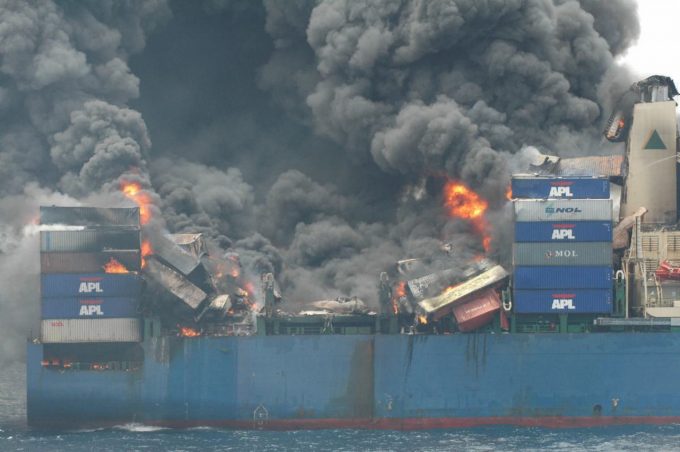Bitter row at HHLA as shareholders furious over dividend cut and 'spineless' board
The annual general meeting of German stevedore HHLA descended into a bitter row yesterday (3 ...

Onboard firefighting regulations have not kept pace with the rapid increase in the size of containerships, and the steel box used to transport goods is a fire risk, a maritime industry conference in London concluded.
Hosted by the London Branch of the Nautical Institute, on board HQS ...

Comment on this article